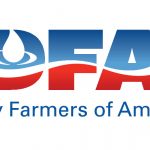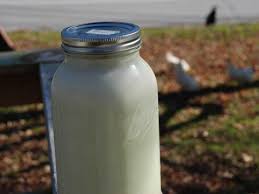
Dr Alix Barclay, the Ministry for Primary Industries’ intelligence manager for the M. bovis response, said only one property had achieved a 100 per cent match with its National Animal Identification and Tracing (Nait) account.
Nait was set up in 2012 to quickly and accurately trace animals from birth to slaughter or live export and relies on farmers keeping up-to-date records of animal movements on and off their property.
However, issues with the system were exposed after M. bovis was confirmed in New Zealand in 2017 – primarily farmers not registering stock movements and a soft approach to non-compliance.
The disappointing one in 150 result during M. bovis surveillance highlighted the importance of making the system more user-friendly, Barclay said.
“Nait is a difficult beast to work with at times but I believe things will improve when changes come in.
“[The changes] should make the system more useable and if something is more useable, there’s more understanding about why it’s useful.”
Amendments passed under urgency last year strengthened MPI’s search powers under Nait, required all animal movements to be registered within the system and ensured farmers who flouted the rules would be held to account.
Further changes are expected to be made after a more thorough review of the legislation this year.
However, even in its current state, Nait had been a valuable tool in the fight against M. bovis, Barclay said.
“A lot of people can be a bit harsh about the Nait scheme but we would not be able to do this without Nait as it stands now,” Barclay said.
“We would be absolutely shot. This is a pretty nasty disease that’s come into the country and we would have had no chance of getting rid of it.
“Because Nait exists, we actually stand a pretty good chance. Yes, it’s an imperfect tool but it’s still very useful.”
Cattle with M. bovis often develop severe pneumonia and untreatable mastitis but it is harmless to humans and is not transmitted through meat or milk.
As of Friday there were 31 properties infected with M. bovis nationwide, with the South Island the most affected.
There were 19 infected properties in Canterbury, six in Otago, two in Southland and one in Tasman.
In the North Island, there were two infected properties in Manawatū and one in Northland.
If successful, New Zealand’s eradication would be a world first as the disease is present in most dairying countries, and farmers have learned to manage it.

























